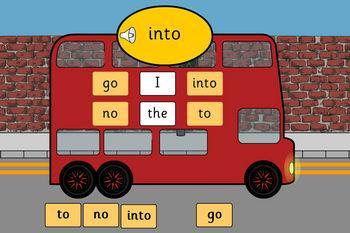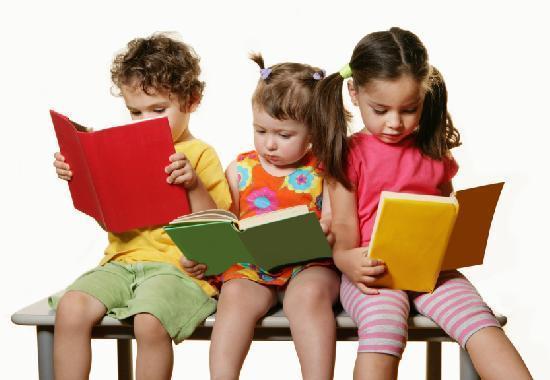Reading Readiness
Strategies for reading new and difficult words

Picture clues
Encourage your child to look at and talk about the picture before starting to read each page.
Initial sounds
Your child will begin to find words by looking only at the initial sounds e.g that says caterpillar because it begins with a 'C'
Sound out new words
Having a go at sounding out a word is important only if appropriate e.g for 'red' and 'shop', not 'said'. Your child's phonics book will show which sounds he/she has learned so far.
Tricky words
Some words are tricky words and connot be sounded out e.g 'said' and 'to'. These are learnt through practise!
Find rhymes or similarities
A new word may have a beginning or ending which your child is already familiar with. 'Stay' has the same end sound as 'play', 'everywhere' has the same beginning as 'everyone'.
Break down long or difficult words
Break words down into more manageable syllables, or point out little words within big words e.g 'cam/er/a' or 'hand/stand'.
Read beyond the difficult word, then go back
Encourage your child to attempt a tricky word, read beyond it, then go back and have another go. The child's general knowledge and the picture clues will often help them to make sense of the sentence e.g At the (circus) we saw clowns.
Some useful prompts for reading at home
"Does that sound right?"
"Does that make sense?"
How do children learn to read?

I hope you find this section of the website useful, I have highlighted the different stages of reading development and how each stage impacts on childrens' progression in reading.
Phonemic Awareness.
This is where learning to read begins. Phonemic awareness means that children will become aware that speech is made up of individual sounds, this is a critical part of 'reading readiness'. In order to learn how to read, children need to be able to recognise that the marks on the paper represent a sounds, and these of course, are letters.
Alphabetic Awareness.
Children must be able to identify which phonemes (sounds) go with which letters. Memorizing letters and sounds is a more tricky task than memorizing objects, but this is enforced daily during phonics lessons. Sounds can't be pictured so the best we can do is use a picture of a cat to illustrate the sound of 'C'. There are about 44 sounds in the English language but only 26 letters to represent those sounds. Some letter represent more than one sound; for example the letter A in the words 'father' and 'fat' . Unfortunatly for the children, this knowledge come with time, reading experiences and the ability to ask the question "Does that word sound right". These are known as 'Tricky Words'.
Blending for reading.
As tricky as it is to match all those sounds to the right letters and memorize them all, learning to read requires even more. Children need to be able to link printed words to sounds. That is even more complex than it sounds because a word is more than the sum of its letters. The word cat, for example, is made up of three sounds represented by three different letters: c-a-t. The children must be able to recognise that these sounds blended together to form the word cat.
I hope this makes the extremely complex task of learning to read a little clearer...
